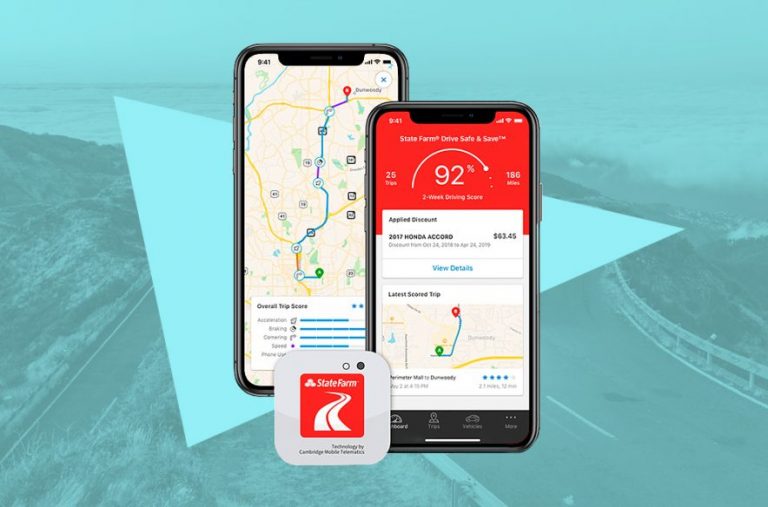ANZ internet banking provides, as clients of any modern banking institution have come to expect as a prerequisite for their patronage, convenient access that the sedentary denizens of the internet age have shown to prefer, rather than visiting the local institution and wait in line for the privilege of doing so.
As one of the most popular uses of the internet, internet banking has changed how people are able to manage their finances, with broader implications for the banking sector as a whole, as has been shown to be the case with online-only banks, whose operations exclusively in the cloud have proven not to be much of a liability to clients who have no desire to visit a bank teller in person. By allowing home or mobile access to clients, banks have opened the door to cost savings, higher customer satisfaction ratings and a general feeling of control that customers have over their accounts. Now that the luxury has been so thoroughly presented, it is unlikely anyone will return to the previous method of financial management, as has been manifested in the shuttering of doors of many bank branches in favor of prioritizing online access.
Despite the conveniences of online banking, clients sometimes do need to realize that a number of security recommendations will keep them from having serious problems when using such a service. While ANZ has their own internet security in place to prevent fraud and other such problems, current technological realities make perfect security an imaginary position, something which customers need to understand when logging in to manage their finances.
Fortunately these safety measures are often quite simple, and are usually common sense approaches that will require no significant lifestyle change on the part of the client. Firstly, as with any other piece of account information, clients need to make sure their login information is kept safe, and to report loss as quickly as possible, or change the password quickly. This information can be used to gain access, which means it needs to be memorized if possible, as it will significantly reduce the likelihood of loss, theft, or other security compromise.
Another significant problem is the issue of phishing emails or other communications, which either ask outright for a customer to send his or her account information, including a password, or, more cleverly, is disguised to resemble the communications one might receive from the bank. Often the logo, format, and other details are replicated to fool customers into believing the bank is communicating with them, and the links included within the email lead customers to a dummy site, identical to the bank’s home page, upon which entering the user name and password into the fields will reveal this personal information to the sender of the email who wants to use it for fraudulent purposes.
ANZ and other banks do not ask customers for this type of personal information, nor do they typically include links within the emails. Any outright request for account information is usually a dead giveaway that the email is fraudulent, and should be deleted and reported, if possible. While it is always a good idea to review the security information relating to internet banking on the ANZ website, these issues are the main problems regarding safety which customers should keep in mind when using this type of service.










+ There are no comments
Add yours